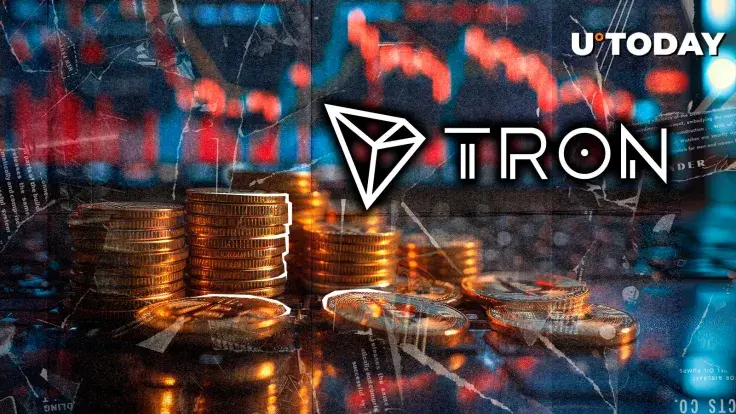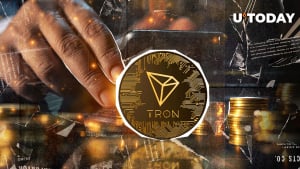
Disclaimer: The opinions expressed by our writers are their own and do not represent the views of U.Today. The financial and market information provided on U.Today is intended for informational purposes only. U.Today is not liable for any financial losses incurred while trading cryptocurrencies. Conduct your own research by contacting financial experts before making any investment decisions. We believe that all content is accurate as of the date of publication, but certain offers mentioned may no longer be available.
Over the years, the Tron Network has evolved into a highly stable decentralized blockchain, and the ecosystem’s achievements highlight this fact. CryptoQuant, in a recent update, noted that Tron’s block production efficiency has hit 99.7% efficiency.
Network reliability and Tron governance overhaul
This development emphasizes that the Tron network is highly stable, with blocks produced consistently every three seconds. It also indicates that the blockchain has become more reliable over the years, as showcased in Tron often outperforming Bitcoin in key metrics.
Notably, Tron’s targeted block production is 28,000 blocks per day, and at 99.7% efficiency, it is just a fraction of the missing blocks. It is only 12 blocks away from having a perfect score.
This suggests that the network has more uptime, and users could rely on it for transactions.
It marks a significant shift from previous years, when technical disruptions were frequent. For instance, between 2020 and 2021, the Tron network was generally problematic for users.
The update from CryptoQuant indicates that the Tron blockchain has matured and, through a dedicated focus, improved its technical performance and governance mechanism.
For clarity, Tron’s governance relies on Super Representatives (SRs) entities to validate its transactions.
However, between 2020 and now, the network has replaced 68% of SRs, suggesting a shift toward decentralization. As new participants have been involved in governance, the ecosystem has seen a better rotation of power and community-driven improvements.
Tron’s developer appeal and scalable use cases
These developments for the blockchain imply that Tron could become more appealing to developers for serious projects.
It is likely that when other blockchains, such as Ethereum, struggle with congestion issues, and Solana battles uptime challenges, Tron may remain stable. This makes it a good layer-1 alternative for people seeking speed and scalability.
This could include heavy apps like gaming platforms or payment networks. Tron could see greater adoption, creating more meme coins on the protocol, and direct investor interest in the coming days following this revelation.


 Dan Burgin
Dan Burgin Vladislav Sopov
Vladislav Sopov U.Today Editorial Team
U.Today Editorial Team